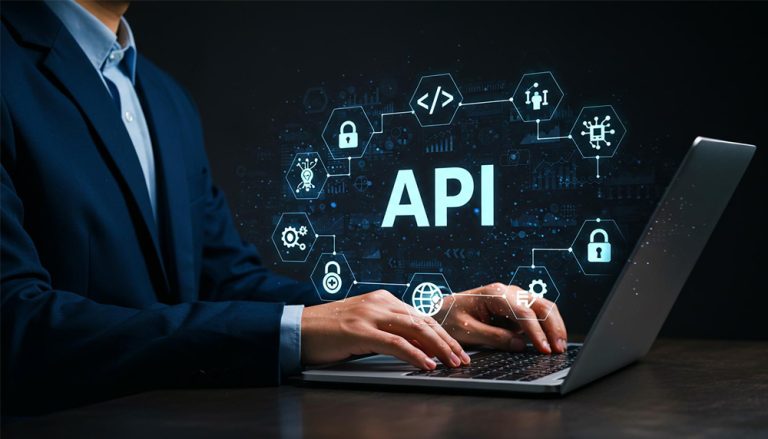
Last updated on August 21, 2024
Understanding the Need for App Modernization
Legacy systems often lack the flexibility, scalability, and efficiency required for modern business needs. They may be built on outdated technologies, making them costly to maintain and difficult to integrate. Additionally, they may not meet the demands of today’s digital ecosystem, including mobile access, real-time data processing, and cloud-based services.
App modernization updates legacy systems to align with current tech standards and business needs. This can involve re-architecting, re-platforming, or rebuilding apps to leverage modern frameworks, cloud infrastructure, and automation.
Key Challenges in Legacy System Overhaul
Before delving into best practices, it’s essential to understand the key challenges associated with legacy system overhaul:
- Complexity of Integration: Legacy systems often have complex dependencies, making it challenging to integrate new technologies without disrupting existing workflows.
- Data Migration:Migrating data from legacy systems to new platforms can be complex, as it requires ensuring data integrity, security, and consistency, especially when dealing with outdated formats.
- Downtime and Business Continuity: Overhauling legacy systems often requires downtime, disrupting business operations. Balancing modernization needs with maintaining continuity is a significant challenge.
- Resistance to Change: Organizational inertia can hinder modernization. Employees accustomed to legacy systems may resist transitioning to new technologies, fearing job loss or increased workload.
- Technical Debt: Legacy systems often have technical debt, like outdated code, lack of documentation, and poor architecture. Addressing this debt is key to successful modernization.
Best Practices for Seamless App Modernization
To navigate these challenges and achieve a seamless transition, organizations should adopt the following best practices:
1. Comprehensive Assessment and Planning
Modernizing an app requires a thorough assessment of the legacy system. Evaluate the architecture, codebase, data storage, and integrations to identify the most critical areas needing modernization and potential risks.
After the assessment, develop a clear modernization strategy and roadmap. This plan should outline the objectives, timelines, resources, and potential challenges. Include a risk management plan to address any unforeseen issues during the process.
2. Choosing the Right Modernization Approach
There are several approaches to app modernization, and the choice depends on the specific needs and constraints of the organization. The most common approaches include:
- Rehosting: “Lift and shift” involves moving an application to new infrastructure, like the cloud, without changing its code or architecture. It’s a quick, cost-effective way to modernize, but may not fully utilize the benefits of modern platforms.
- Re-platforming: This “lift and shift” approach involves minimal changes to optimize an application for a new platform, such as the cloud. It allows for some performance improvements without a full system overhaul.
- Refactoring: Refactoring improves application performance, scalability, and maintainability, but it is more time-consuming.
- Rebuilding: Rebuilding the application from scratch using modern technologies can be the best approach. This provides maximum flexibility and ensures the application is optimized for current and future needs.
- Replacement: If a legacy system is beyond repair, it may be more practical to replace it with a new, off-the-shelf solution that meets the organization’s needs.
Each of these approaches has its pros and cons, and the choice should be based on a careful analysis of the legacy system and the organization’s modernization goals.
3. Prioritize Critical Components and Phased Implementation
In complex IT environments, it’s impractical to modernize an entire legacy system at once. Instead, prioritize the most critical system components with the highest business impact. Focusing on these key areas first can deliver quick wins that demonstrate modernization’s value and build momentum for further efforts.
A phased implementation approach reduces business disruption risk through incremental progress. Thoroughly test and validate each phase before moving forward, identifying and resolving issues early.
4. Embrace Automation and DevOps Practices
Automation and DevOps can accelerate modernization. Automation tools streamline tasks like code migration, testing, and deployment, reducing time and effort. CI/CD pipelines, a core DevOps practice, enable faster and more reliable application updates.
DevOps practices foster collaboration between development and operations, aligning modernization with business and technical goals. By breaking down silos and promoting shared responsibility, organizations can achieve a smoother, more efficient modernization process.
5. Focus on Security and Compliance
Modernization efforts must prioritize security and compliance. Legacy systems often have outdated, vulnerable security measures. Modernizing these systems allows implementing robust security protocols, such as encryption, multi-factor authentication, and regular audits.
In regulated industries, compliance with standards and regulations is critical. Modernization efforts must ensure updated systems meet all relevant compliance requirements to avoid potential legal and financial penalties.
6. Engage and Train Stakeholders
Successful app modernization requires buy-in from all stakeholders. Engage them early and keep them informed to mitigate resistance. Provide training and support to employees to ensure a smooth transition and minimize disruptions.
7. Measure and Optimize
Modernization is an ongoing process. Continuous monitoring and optimization are essential to ensure the modernized application performs as expected and meets business needs. Organizations should establish KPIs to measure the success of modernization and identify areas for improvement.
Regular system reviews and updates will keep it aligned with evolving business and technological changes. A proactive approach to maintenance and optimization maximizes the long-term value of modernization efforts.
Conclusion
Modernizing apps in complex IT environments is challenging but crucial for staying competitive. Best practices include planning, choosing the right approach, prioritizing critical components, embracing automation, focusing on security, engaging stakeholders, and continuous optimization. This helps organizations navigate legacy system overhaul and achieve a smooth transition to modern, efficient, and scalable applications. For more information, please visit www.blancoinfotech.com.






